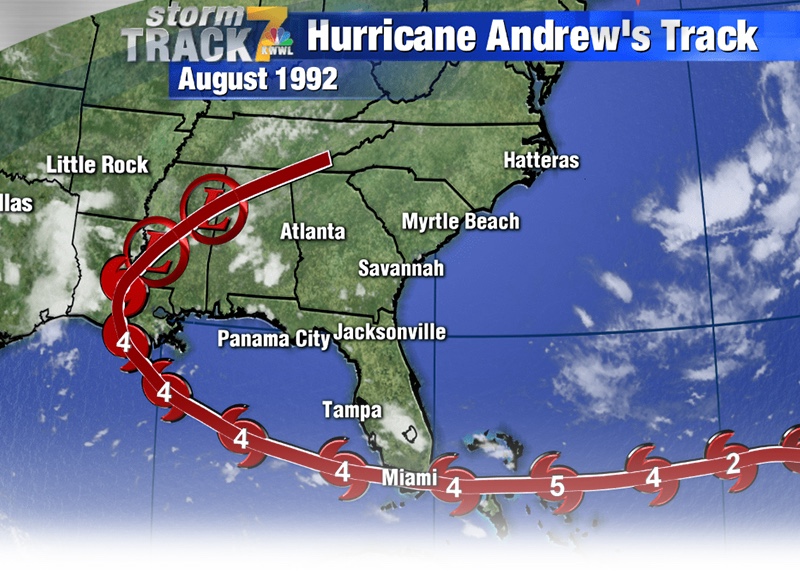
Hurricane Andrew, one of the most powerful and destructive storms in U.S. history, struck South Florida in August 1992. As a Category 5 hurricane, Andrew caused widespread devastation, leading to significant changes in building codes and construction practices. Among the many areas affected, HVAC systems saw notable improvements in resilience and safety standards. Let’s delve into how Hurricane Andrew reshaped the way we think about and secure our HVAC systems.
The Impact of Hurricane Andrew
Before Hurricane Andrew, many HVAC systems in South Florida were not designed to withstand the extreme winds and flying debris associated with such powerful storms. The hurricane’s 175 mph winds ripped air conditioning units from their mounts and severely damaged ductwork, leaving many homes and buildings without functional cooling systems in the sweltering aftermath.
The destruction highlighted the vulnerability of these systems and underscored the need for more robust construction practices to protect against such extreme weather events.
The Response: Stricter Building Codes
In response to the extensive damage caused by Hurricane Andrew, Florida implemented stricter building codes aimed at improving the resilience of structures, including HVAC systems. The new codes mandated several key changes:
- Secure Mounting: HVAC units now had to be better secured to their foundations to prevent them from being ripped away by strong winds.
- Reinforced Ductwork: Ductwork had to be reinforced to withstand high winds and debris impact, ensuring that the air distribution systems remained intact.
- Impact-Resistant Materials: The use of impact-resistant materials for HVAC systems became a requirement, further protecting these critical components from damage during hurricanes.
- Robust Installation Practices: The new codes called for more robust installation practices, ensuring that HVAC systems were not only securely mounted but also correctly installed to withstand extreme weather conditions.
Influence Beyond Florida
The changes in Florida’s building codes didn’t stop at the state line. The improved standards for HVAC systems influenced building codes in other hurricane-prone regions across the United States. These areas adopted similar measures, enhancing the safety and durability of HVAC systems and making homes and buildings more resilient to future storms.

Long-Term Benefits
The long-term benefits of these changes are clear. By making HVAC systems more resilient, we can ensure that homes and buildings maintain their cooling systems even in the wake of severe weather events. This is crucial for the health and safety of residents, as well as for maintaining the structural integrity of buildings.
Moreover, these enhancements contribute to the overall resilience of communities, reducing the economic and social impacts of hurricanes and other extreme weather events.
Hurricane Andrew was a wake-up call that led to significant advancements in building codes, particularly for HVAC systems. The stricter standards implemented in the aftermath of the storm have made HVAC systems more resilient, not just in Florida, but in hurricane-prone regions across the country. These changes have had a lasting impact, ensuring that homes and buildings are better equipped to withstand the destructive forces of nature.
As we continue to face the challenges posed by extreme weather, it’s crucial to remember the lessons learned from Hurricane Andrew. By prioritizing resilience and safety in our building practices, we can protect lives, property, and the essential systems that keep us cool and comfortable.

